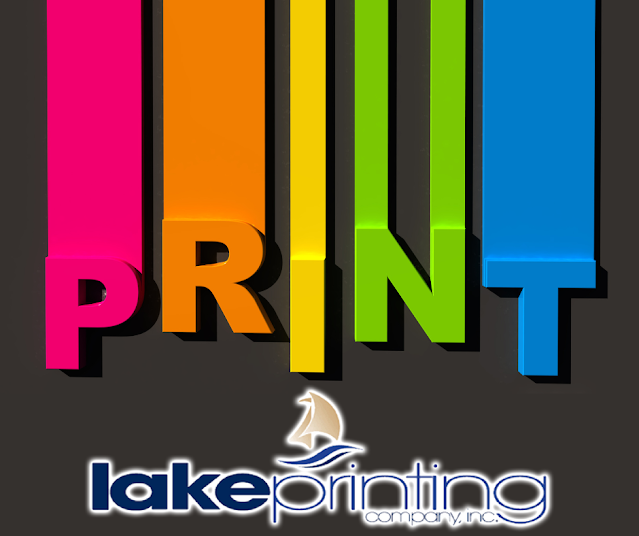Using Color to Market Effectively
Color plays a key role in effective print marketing. The strategic use of color can be an absolute powerhouse when it comes to using print marketing to promote your business. Whether you realize it or not, your company’s logos, branding, and other promotional printing efforts rely on color as an asset to your messaging and designs.
Color is what gets your customers to see what you want them to see, to feel how you want them to feel, and to do what you want them to do. The psychology of color is a powerful tool. Choosing the right colors can boost your message; on the same lines, poor color choices can have a negative impact on your message. The trick to succeed with color and create effective print marketing is knowing what colors to use to get your message out there and to get people to respond accordingly. This blog will discuss how different colors can influence consumer response to your marketing.
The Role of Color in Print Marketing
Your branding will be much more powerful by harnessing the right colors. You will want to focus on choosing colors that support your brand’s “personality,” in order to bring in the right consumers to your business. Research has found that when it comes to picking the right color, predicting consumer reaction to color appropriateness in relation to the product is far more important than the color itself. According to psychologists, 87% of our sensory perceptions comes from colors. It is important when creating your marketing design, to take into consideration the product or service that you're selling and the demographic you're trying to reach. An example of this would be a flyer that contains a lot of green and brown tones might be eye-catching to someone who is environmentally conscious because they immediately think of the environment due to green and brown’s association to nature.While colors in your print materials are essential, be vigilant about not overdoing. The key is to choose colors that will enhance your brand’s messaging. Still, color can often be the sole reason someone purchases a product - 93% of buyers focus on visual appearance and almost 85% claim color to be their primary reason for purchase! Next, we will take a look at different colors and how they typically influence people, based on the psychology of color.
The Influence & Psychology of Color
Red – Bold and powerful. Creates a sense of urgency, excitement, and passion. Encourages appetite. Physically stimulates the body. Red is frequently used by fast-food chains.Blue – Associated with peace, water, tranquility, and reliability. Blue provides a sense of security, curbs
appetite, stimulates productivity, and promotes trust. Blue is the most common color used by conservative brands looking to promote trust in their products.
Green – Associated with health, tranquility, power, and nature. Used in stores to relax customers and for promoting environmental issues. Green stimulates harmony in your brain. Encourages a balance leading to decisiveness.
Brown - Another color that derives from nature is the earth tone of Brown. Because of how dependable and consistent this color is, it can create a feeling of ease and calmness when used in the right context.
Pink - Pink is a sign of femininity, and we tend to think of “pretty” and gentle things when this color comes to mind. We also associate it with love and romance.
Purple – Commonly associated with royalty, wisdom, and respect. Stimulates problem-solving as well as creativity. Frequently used to promote beauty and anti-aging products.
Orange & Yellow – Cheerful colors that promote optimism. Used to create a sense of anxiety that can draw in impulsive buyers and window shoppers.
Black – Associated with authority, power, stability, and strength. Often a symbol of intelligence but can become overwhelming if used too frequently.
Grey – Symbolizes feelings of practicality, old age, and solidarity. But too much grey can lead to feelings of nothingness and depression.
White – Associated with feelings of purity, cleanliness, and safety. Can be used to project an absence of color or neutrality. White space helps spark creativity.
Properly Using Color Theory
When designing your marketing print, use contrasts to reduce eyestrain and allow readers to focus their attention on specific items, or your call to action. Vibrancy can dictate the emotional response users have to your design. For example, choosing brighter colors can lead users to feel more energetic, which can evoke better responses and reactions. But if your print material is information-intensive, you may find that a darker color theme will make it easier for readers to process all your data.When it comes to working with colors for your print market products, it may take a few trial runs before settling on your colors. Being open to change will allow you to feel out your consumer response and adjust accordingly to maximize your marketing effectiveness. At Lake Printing, the best print marketing company, we specialize in graphic design. We can help you come up with a brand and print product that best works for your business. Contact us to discuss your next print marketing project.






Comments
Post a Comment